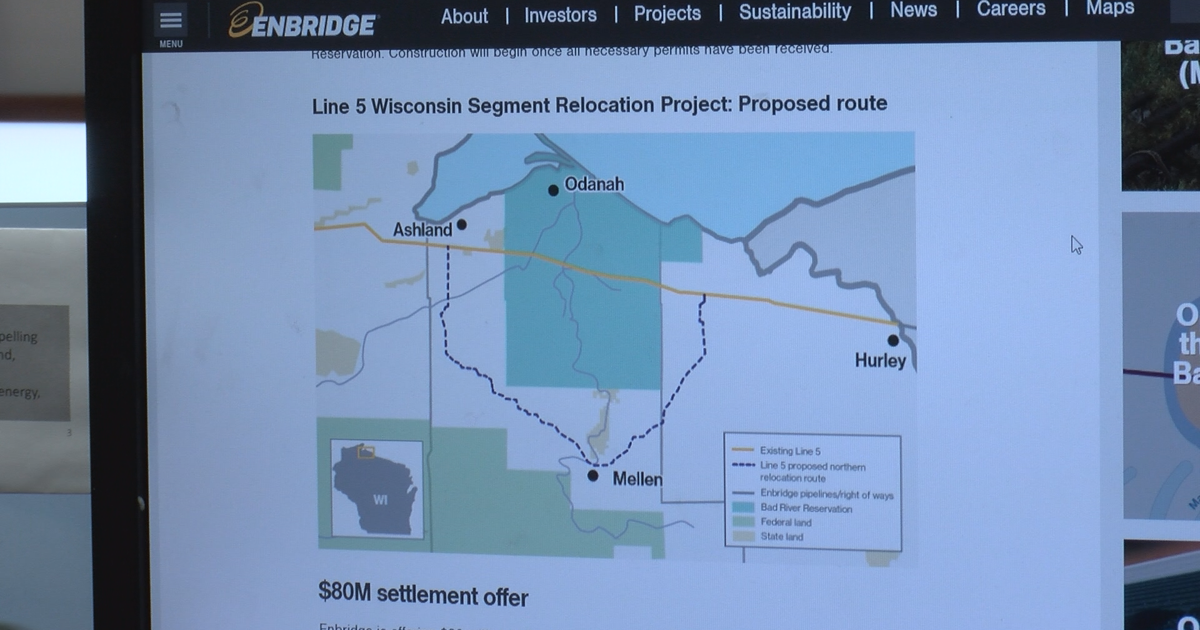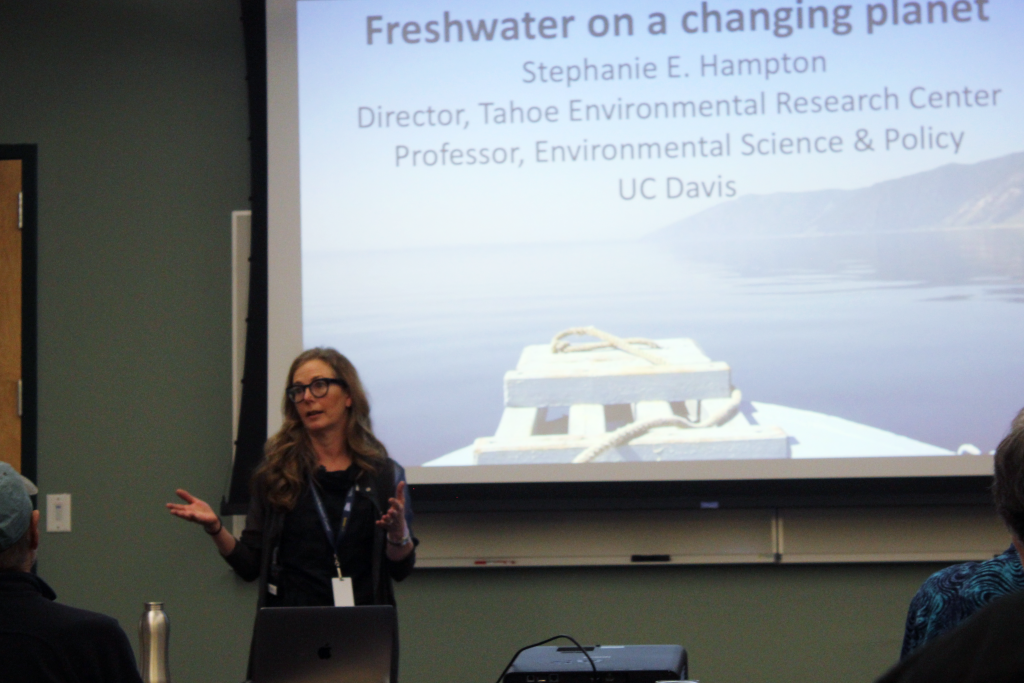Radioactive Watch: NM Monitors Los Alamos Lab's Controversial Tritium Release

New Mexico Environment Department to Closely Monitor LANL Tritium Capture Operation
The New Mexico Environment Department (NMED) is preparing to conduct comprehensive monitoring of a critical controlled tritium capture operation at Los Alamos National Laboratory (LANL) this weekend. Environmental officials will be vigilantly tracking the specialized procedure to ensure safety and regulatory compliance.
This carefully planned operation involves the precise capture of tritium, a radioactive isotope of hydrogen, under strictly controlled conditions. The NMED's active involvement underscores the department's commitment to environmental protection and public safety.
Laboratory and environmental experts will be on-site to oversee the process, implementing rigorous monitoring protocols to track and document every aspect of the tritium capture procedure. The operation represents a significant technical undertaking that requires meticulous attention to detail and advanced scientific expertise.
Residents near Los Alamos can be assured that the New Mexico Environment Department will maintain close oversight throughout the entire process, prioritizing transparency and environmental safety.







